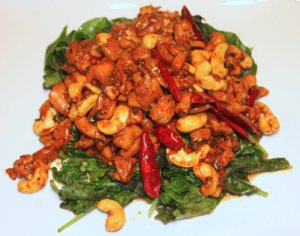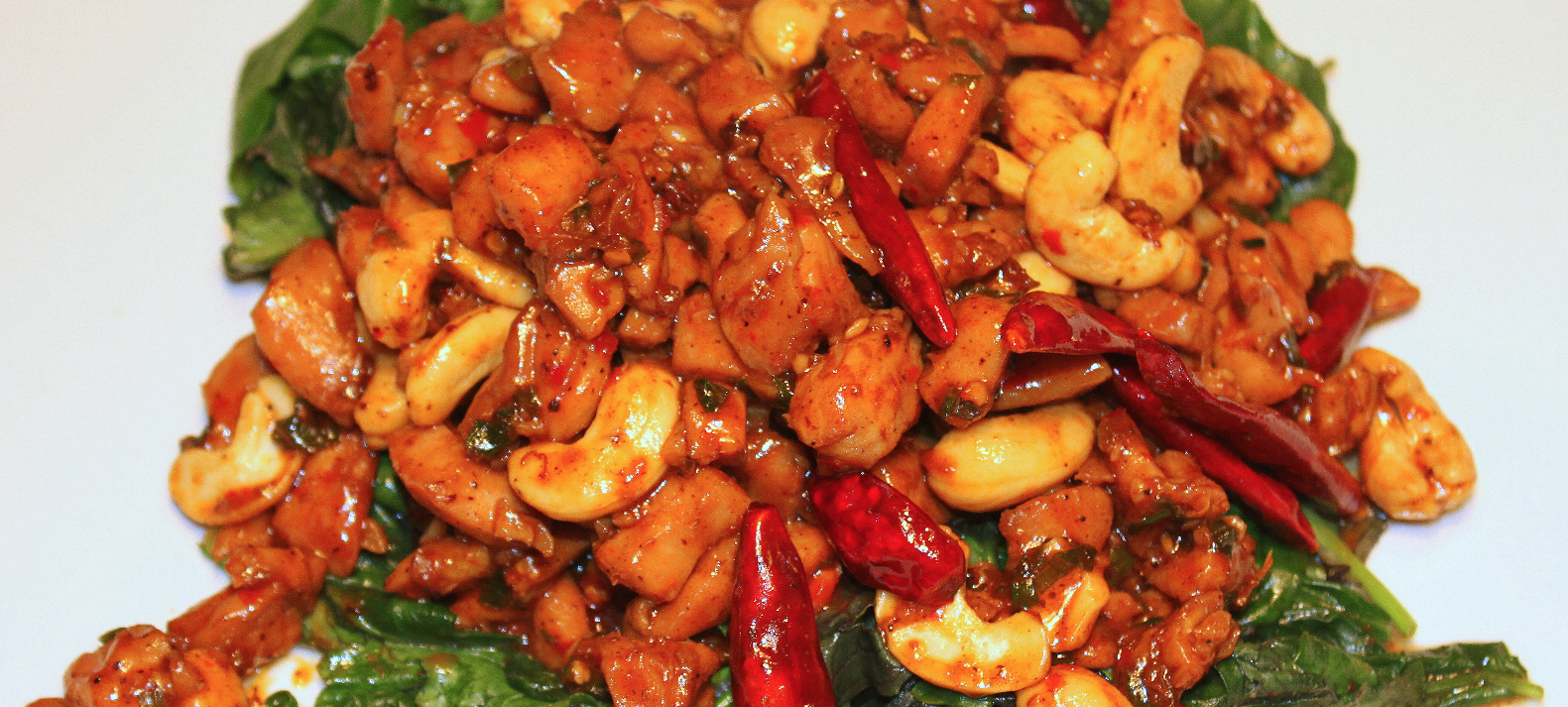 It was the day myth became recognized as reality: June 29, 2010. Senator Lindsay Graham asked Supreme Court nominee Elena Kagan during her Confirmation hearings where she had been on Christmas day. Kagan responded: “Like all Jews, I was probably at a Chinese restaurant.” New York Senator Chuck Schumer volunteered: “If I might, no other restaurants are open!” While Schumer’s comment may have seemed more helpful than it actually was Kagan’s confirmed what Jews and Chinese–certainly Chinese restaurant owners–had long known.
It was the day myth became recognized as reality: June 29, 2010. Senator Lindsay Graham asked Supreme Court nominee Elena Kagan during her Confirmation hearings where she had been on Christmas day. Kagan responded: “Like all Jews, I was probably at a Chinese restaurant.” New York Senator Chuck Schumer volunteered: “If I might, no other restaurants are open!” While Schumer’s comment may have seemed more helpful than it actually was Kagan’s confirmed what Jews and Chinese–certainly Chinese restaurant owners–had long known.
And yet it is not all just a quirk of the calendar, there is more to it than that. There is geography, a shared minority status, and there is a shared history of life on the business end of exclusion. Much, if not all, of it is down to the Lower East Side of Manhattan at the turn of the 19th to 20th Century where Jews and Chinese were the two largest non-Christian immigrant groups. During the first decade of the 20th Century Jewish population in New York grew from 400,000 to a million. By 1910 they were nearly a quarter of the city’s population. Those numbers, however, did not translate to a lack of bigotry. In Chinese restaurants, though, the staff did not discriminate between a Jewish face and an Italian one. Chinese restaurants were thus something of an oasis.
Then there is the food itself. Where most European cuisines (and Mexican) tended to feature dishes with both meat and dairy, the latter is a nearly non-existent ingredient in Chinese cuisine. While Chinese menus generally include no shortage of shellfish and pork such obvious treif could be avoided by a bit of careful ordering without anyone batting an eyelash. It is not as if many of these restaurants were truly kosher but one could fool oneself easily enough. And a strip of shredded pork looks similar enough to one of chicken (or is it beef), right?
The case for turn of the century (or, for that matter, current) Chinese restaurants being Kosher may be weak, but the case for Kosher Chinese meals at home is not. There is a strong tradition of Chinese vegetarian dishes that work well in any meal. And there is no shortage of meat dishes based on beef, chicken and even lamb. Perhaps the greatest challenge in cooking Kosher Chinese meals lies in the prepared products that often go into Chinese dishes.
It’s an easily solvable problem. Certified Kosher versions of many staple prepared products for the Chinese kitchen can be found online for soy sauce, Hoisin sauce, Oyster sauce (which is not a sauce made of oysters but for them), sesame, peanut and chili oils, and many more. Indeed, quite a few are available at local Asian markets such as 99 Ranch and Thuong Phat in the Convoy District. A little imagination, creativity and the sort of ingredient substitution that is so much a part of Chinese cooking takes care of the rest.
One of my favorite Chinese dishes–whether at the best Sichuan places or the sorts of Chinese-American joints I remember fondly from my childhood–is Kung Pao Chicken. The later, if spicy at all, derived its heat solely from chili peppers or prepared chili-garlic sauce. It featured chicken, peanuts and diced sweet peppers and felt exotic in the extreme. While that dish may be “authentic” only as a Chinese-American dish it is a great one nonetheless.
But my version below is more closely related to true Sichuan food, relying as it does on the notion of ma la. “Ma la” translates as “numbing and spicy,” and is the combination of fiery, earthy chili peppers and tingly, flowery Sichuan peppercorns. The latter–which are actually not peppercorns at all but, rather, the husks around the seeds–provides a numbing effect that opens up the diner’s palate, readying it for the heat of the chilis. I also chose to substitute cashews for peanuts and serve the dish on a bed of greens.
Kung Pao Chicken | Cashews | Greens
Serves 4
INGREDIENTS
For the Marinade:
2 teaspoons soy sauce
2 teaspoons dry sherry
1 teaspoon corn starch
½ teaspoon sesame oil
For the Kung Pao Chicken:
1 pound chicken breast, cut into bite sized pieces
3 tablespoons oil
10 dried red chilies
1-2 tablespoons Sichuan peppercorns (to taste), toasted and ground
2 tablespoons garlic, minced
2 tablespoons ginger, minced
4 green onions, sliced and separated into greens and whites (greens reserved for garnish, below)
¼ cup roasted cashews (peanuts are a good substitute, but second best)
1 teaspoon sesame oil
For the Sauce:
1 tablespoon light soy sauce
1 teaspoon dark soy sauce
2 teaspoons balsamic vinegar
2 teaspoons Worcestershire sauce
2 tablespoons chicken stock
1 teaspoon sugar
1 teaspoon cornstarch
For the Greens:
3 stalks mustard greens (spinach is a good substitute)
2 garlic cloves
1 tablespoon grapeseed oil
For the Garnish:
Green sections of 4 green onions (above) chopped
DIRECTIONS
- Marinate the Chicken. Mix the soy sauce, sherry, corn starch, and sesame oil, add the chicken and marinate it in the refrigerator for at least half an hour.
- Prepare the Sauce Mixture. Mix the soy sauces, Chinkiang, broth, sugar and cornstarch and set aside.
- Cook the Chicken. Heat one tablespoon of the oil in a pan over medium-high heat, add the chicken. Sprinkle the chicken with half the toasted Sichuan peppercorns, saute until just about cooked and set aside.
- Cook the Aromatics. Heat the remaining oil in a pan over medium-high heat, add the chilies and remaining peppercorns and saute until fragrant, about a minute. Add half of the garlic and half of the ginger and saute until fragrant, about a minute. Add the green parts of the green onions.
- Cook the greens. Meanwhile, wilt the greens. Add the oil to another wok or pan, add the garlic, stir in the greens to wilt a dash of soy sauce.
- Finish the chicken. Add the sauce mixture, bring to a boil, add the chicken, green onions and peanuts, remove from heat and stir in the sesame oil.
- Assemble the dish. Transfer the mustard greens to a serving plate. Place the kung pao chicken over the mustard greens. Garnish with the green onions.










[…] Read more at: http://www.lchaimmagazine.com/feature/badass-kosher-2/ […]
[…] and Bull BBQ owner Mark Nureddine. There’s also a certain writer for San Diego CityBeat, L’Chaim San Diego Magazine, and this blog: me, Michael A. […]